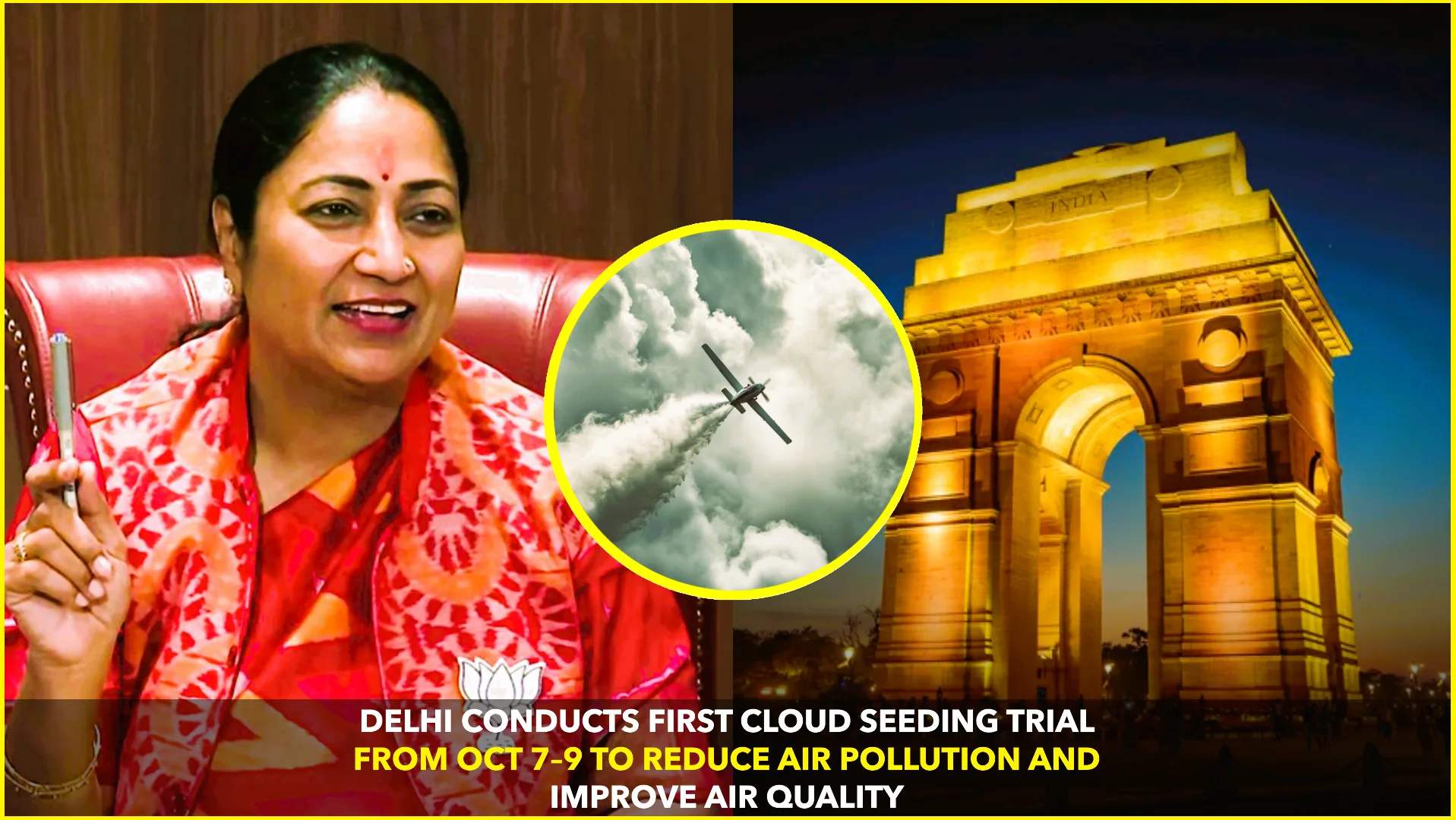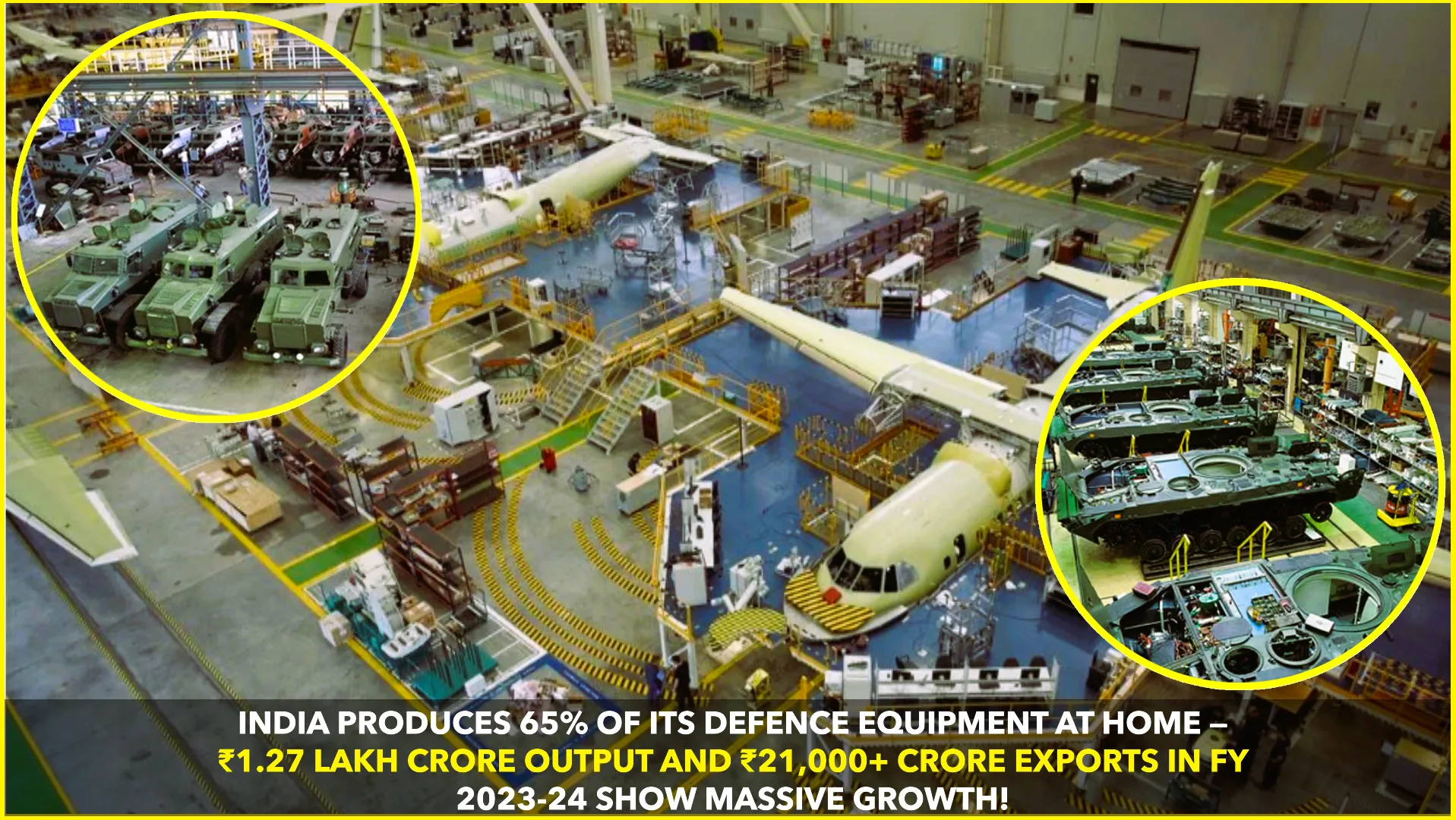In a significant move to reinforce India’s western border security, the long-delayed induction of Apache attack helicopters into the Indian Army is finally set to begin this month. This development comes in the aftermath of Operation Sindoor, an extensive Indian Army exercise aimed at strengthening tactical preparedness along the western front, especially in Rajasthan and Punjab sectors.
As part of India’s defense modernization efforts, the Indian Army had signed a $600 million deal with the United States in 2020 for the procurement of six Boeing AH-64E Apache attack helicopters. The original delivery schedule was mid-2024. However, due to persistent supply chain disruptions and technical issues on the US side, the delivery was deferred to December 2024.
Now, according to defense sources cited by ThePrint and ANI, the first batch of three Apache helicopters is expected to arrive by the end of July 2025, while the remaining three are likely to be delivered by the end of the year. This marks a crucial phase in bolstering India’s air assault capabilities amid rising concerns about regional threats.
The Army had formally raised its first Apache squadron in Jodhpur, Rajasthan, in March 2024. However, for over 15 months, the unit remained without helicopters, making it a symbolic formation rather than an operational one. The squadron is now set to be activated with the incoming Apaches, which are known for their advanced combat systems, precision strike capability, and ability to operate in all weather conditions.
The AH-64E Apache is a battle-proven helicopter extensively used by the U.S. Army and other allied forces. It features modern avionics, improved sensors, night-fighting capabilities, and is armed with Hellfire missiles, rockets, and a 30mm chain gun. These features make it an ideal choice for both anti-armor and close air support missions in India’s western desert and plain sectors.
India already operates Apache helicopters under the Indian Air Force (IAF), which received its 22 Apaches between 2019 and 2020. However, this is the first time the Indian Army Aviation Corps will independently operate the attack helicopters, enabling direct support to ground troops without relying on the IAF.
Officials familiar with the matter said the delays were largely due to technical faults in the production line and parts procurement on the U.S. end, rather than any issues from the Indian side. The situation was further complicated by global supply chain setbacks post-COVID and manufacturing prioritizations in the U.S. defense sector.
Sources suggest that Boeing and the U.S. government have now resolved the technical bottlenecks and have assured the Indian Ministry of Defence (MoD) that there will be no further delays. The first three Apaches are undergoing final inspection and testing before being shipped to India.
Experts believe this induction is vital in the current geopolitical climate. With growing tensions on multiple fronts and increased Chinese activity along the Line of Actual Control (LAC), India’s western border cannot be overlooked. The Apaches, once fully inducted, will serve as a force multiplier for offensive and defensive operations alike.
Defense analyst Lt Gen (Retd) D.S. Hooda told The Hindu, “The induction of Apaches in the Army’s own aviation wing allows faster reaction times, coordinated battlefield integration, and better command of attack missions. This is a long-needed enhancement.”
As India continues its military modernization, the Apache arrival marks another milestone in developing a leaner, meaner, and faster-reacting Army. With the full induction expected by late 2025, India will have a stronger and more responsive combat edge along its most sensitive frontiers.
Sources:










